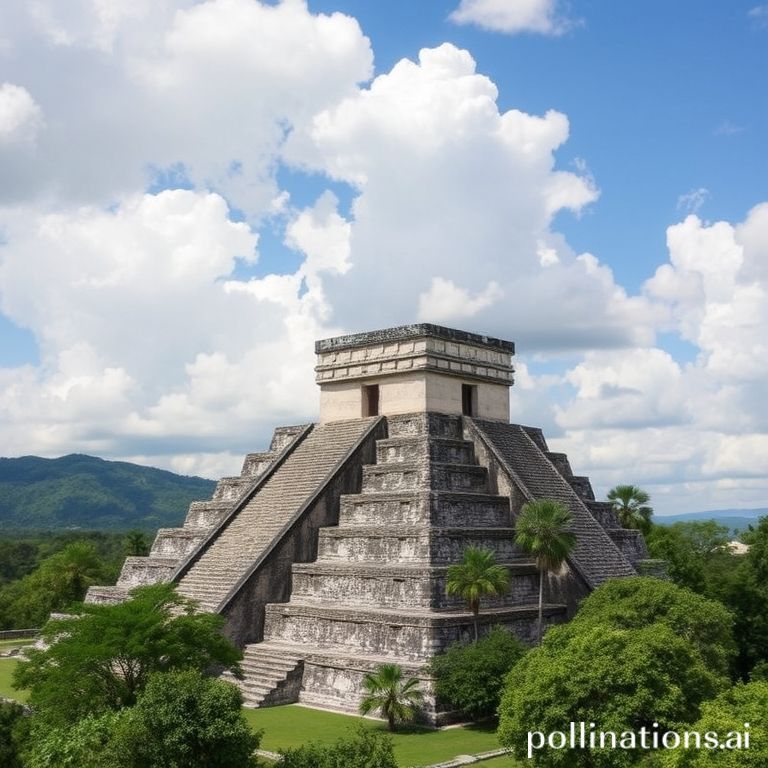The Mayan civilization, renowned for its sophisticated calendar, intricate writing system, and impressive architectural feats, flourished in Mesoamerica for centuries. While their civilization saw its decline, the legacy of the Maya lives on through the majestic ruins of their cities, many of which are remarkably well-preserved and open to visitors today. Exploring these ancient sites offers a captivating journey back in time, allowing us to marvel at the ingenuity and artistry of this remarkable culture.
Embarking on a trip to these Mayan cities is more than just sightseeing; it’s an immersive experience that connects you with the history, culture, and enduring spirit of the Maya people. Prepare to be amazed by towering pyramids, intricate carvings, and the sheer scale of these ancient metropolises. Here are some of the most impressive Mayan cities you can still visit today.
Tikal, Guatemala: A Jungle Giant
Tikal, located in the heart of the Guatemalan rainforest, is one of the largest and most impressive Mayan cities ever discovered. Its towering temples, some reaching over 70 meters in height, rise dramatically above the jungle canopy, offering breathtaking views and a sense of awe. Tikal was a major political, economic, and military center, and its ruins provide a fascinating glimpse into the power and complexity of Mayan society.
Exploring Tikal’s Highlights
- Temple I (Temple of the Great Jaguar): Perhaps Tikal’s most iconic structure, this towering pyramid served as a funerary monument for one of the city’s most important rulers.
- Temple II (Temple of the Masks): Located opposite Temple I, this pyramid offers stunning views and features intricate carvings of Mayan deities.
- The Great Plaza: The heart of Tikal, this vast open space is surrounded by temples, palaces, and other important buildings.
- Lost World Pyramid: A unique pyramid complex that showcases the evolution of Mayan architecture.
Chichen Itza, Mexico: A Blend of Cultures
Chichen Itza, located on the Yucatan Peninsula in Mexico, is arguably the most famous Mayan city. Its iconic pyramid, El Castillo (Temple of Kukulcan), dominates the landscape and is a testament to the Mayans’ advanced understanding of astronomy and mathematics. Chichen Itza also showcases a blend of Mayan and Toltec influences, reflecting the complex history of the region.
Must-See Attractions in Chichen Itza
- El Castillo (Temple of Kukulcan): This impressive pyramid is aligned with the equinoxes, creating a stunning display of light and shadow during these events.
- The Great Ball Court: The largest ball court in Mesoamerica, where the Maya played a ritualistic game with life-or-death consequences.
- The Temple of the Warriors: Adorned with hundreds of columns, this temple is dedicated to the Mayan warriors and their conquests.
- The Sacred Cenote: A natural sinkhole used for religious ceremonies and sacrifices.
Palenque, Mexico: Art and Architecture in the Rainforest
Palenque, nestled in the lush rainforest of Chiapas, Mexico, is renowned for its exquisite art and architecture. Its elegant temples, intricate carvings, and sophisticated water management system demonstrate the Mayans’ advanced engineering skills and artistic sensibilities. Palenque was a relatively small city, but its rulers were powerful patrons of the arts, and its ruins are filled with stunning examples of Mayan craftsmanship.
Discovering Palenque’s Treasures
- The Temple of the Inscriptions: Famous for its intricate hieroglyphic inscriptions and the tomb of King Pakal, discovered deep within the pyramid.
- The Palace: A complex of interconnected buildings, courtyards, and towers, believed to have been the royal residence and administrative center of Palenque.
- The Temple of the Sun: A well-preserved temple featuring a detailed relief carving of a sun deity.
- The Aqueduct: An ingenious underground water system that provided the city with fresh water.
Uxmal, Mexico: Puuc Architecture at its Finest
Uxmal, located in the Yucatan Peninsula, showcases the distinctive Puuc architectural style, characterized by its intricate mosaic facades, geometric patterns, and smooth stone walls. Uxmal’s buildings are remarkably well-preserved, offering a clear glimpse into the city’s grandeur and sophistication. The city’s name means “three times built” in Mayan, reflecting its long history of construction and renovation.
Exploring Uxmal’s Architectural Wonders
- The Pyramid of the Magician: A unique oval-shaped pyramid that dominates the Uxmal skyline.
- The Governor’s Palace: Considered one of the finest examples of Puuc architecture, this palace features an elaborate facade adorned with thousands of individual stone carvings.
- The Nunnery Quadrangle: A complex of four buildings surrounding a central courtyard, believed to have been used for religious ceremonies or education.
- The Ball Court: A well-preserved ball court where the Maya played their ritualistic game.
Conclusion
Visiting these ancient Mayan cities is an unforgettable experience that provides a profound connection to the past. Each city offers a unique perspective on the Mayan civilization, showcasing their remarkable achievements in architecture, art, astronomy, and mathematics. Whether you’re exploring the towering temples of Tikal, marveling at the precision of Chichen Itza, or admiring the artistic details of Palenque, you’ll be captivated by the ingenuity and enduring legacy of the Maya. These cities stand as testaments to a civilization that continues to inspire and intrigue us today.
If you enjoyed this article, don’t forget to explore more inspiring stories on Life in Mexico!
IMAGE: A wide-angle, vibrant photo capturing El Castillo (Temple of Kukulcan) at Chichen Itza during the daytime. The sky is bright blue with scattered clouds. The pyramid is in the foreground, showcasing its intricate details and imposing size. Tourists are visible in the plaza, giving a sense of scale. The overall mood is awe-inspiring and historically rich. Style: National Geographic photography.


